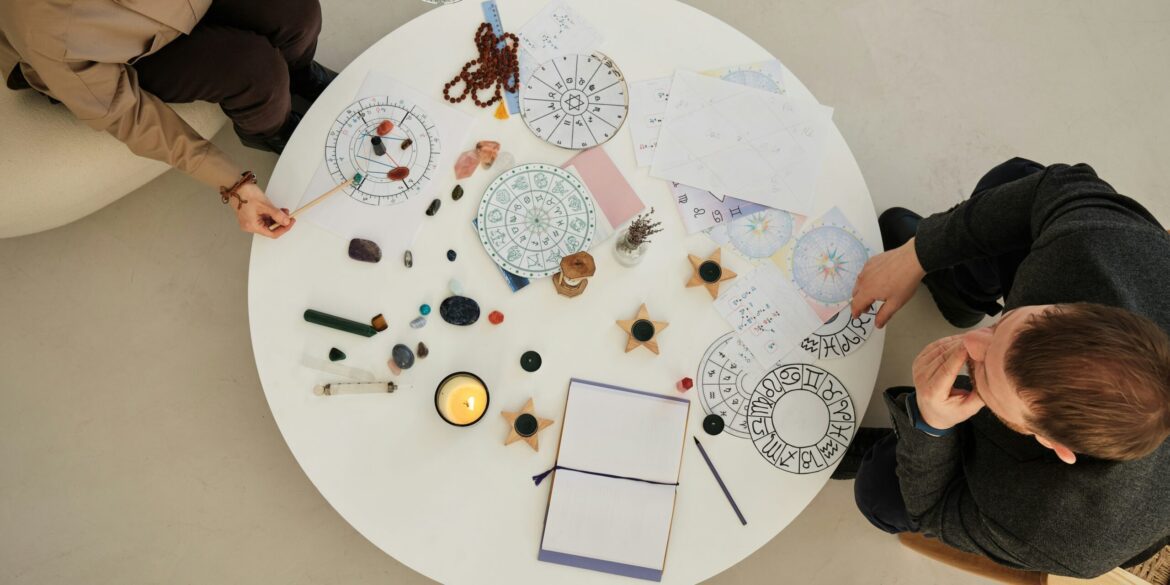A striking new exhibition titled Cruising J‑Town opened August 2 at ArtCenter College of Design’s Hillside Campus in Pasadena, offering visitors an immersive look at the intersection of Japanese American heritage and Southern California’s iconic car culture. Spanning 6,300 square feet, the exhibition presents a powerful narrative about identity, resilience, and creative innovation, as told through vintage vehicles, historic memorabilia, and personal artifacts.
Curated by Cal State Long Beach professor and cultural historian Oliver Wang, the exhibit brings together a wide array of items that trace how Japanese Americans have engaged with and shaped car culture in the postwar decades. Five meticulously restored classic cars anchor the show, alongside a rare 1970s dragster hood ornament shaped like a Buddha, design sketches from mid-century custom shops, and contributions from celebrated automotive designers such as Larry Shinoda, who famously crafted the 1963 Corvette Sting Ray.
The exhibit’s title nods to “J‑Town,” a colloquial term for Japanese American enclaves, with particular reference to Los Angeles’ Little Tokyo. The term also evokes the cruising culture that thrived among young Japanese Americans in Southern California during the 1960s and 1970s—a time when cars symbolized freedom, style, and social belonging. For many, vehicles became a medium through which they could assert identity, counter marginalization, and create community amid broader societal exclusion.
Through a mix of archival photography, oral history, and ephemera, Cruising J‑Town gives thoughtful attention to the community’s resilience in the wake of the forced relocation and incarceration of Japanese Americans during World War II. Photographs from internment camps sit in quiet dialogue with parade floats from the Nisei Week Festival, automotive club jackets, and imagery of car meets from the 1950s onward. These juxtapositions highlight the evolution of community pride and creativity in the decades following one of the darkest chapters in American civil rights history.
Wang, who has written extensively on popular culture and Asian American identity, says the exhibit is meant to reframe our understanding of car culture through the lens of race, resistance, and representation. His curatorial approach underscores how Japanese Americans took part in and helped redefine the broader American fascination with cars, often working at the margins of mainstream recognition.
Visitors are also treated to displays of mid-century automotive ads that subtly reflect shifting cultural attitudes, along with contemporary art inspired by the cruising scene. Some of the newer works reimagine traditional Japanese aesthetics through the lens of SoCal customization, blending motifs like cherry blossoms and kanji with the gleam of chrome and candy paint.
Beyond its visual appeal, the exhibit taps into deeper currents of intergenerational storytelling. Many of the items on display were loaned by families who have preserved heirlooms from car clubs, custom garages, and backyard rebuilds. The result is a multilayered experience that speaks not just to car enthusiasts but to anyone interested in the cultural threads that run through California’s diverse communities.
The exhibition is part of a broader initiative by ArtCenter College of Design to spotlight underrepresented narratives in American design and cultural history. In recent years, Pasadena has emerged as a dynamic hub for such cross-cultural storytelling, and Cruising J‑Town further cements the city’s role as a vital site for contemporary discourse around identity and art.
Running through November 12, the exhibit is open to the public and includes weekend programming such as guided tours, guest lectures, and vintage car gatherings. Local art critics have praised it for its nuanced storytelling and emotional resonance, while longtime residents and automotive collectors see it as an overdue celebration of a vibrant, often overlooked chapter in Southern California’s history.

